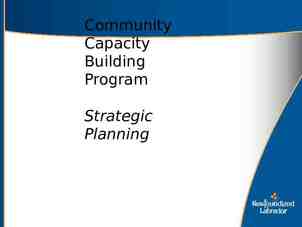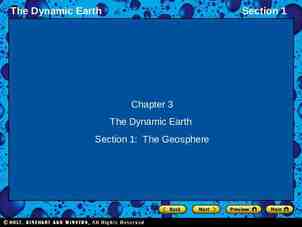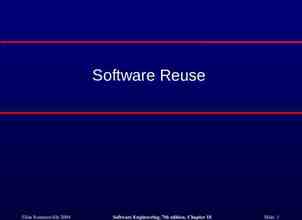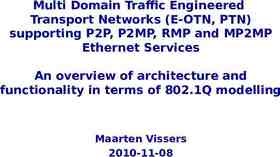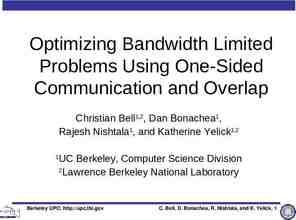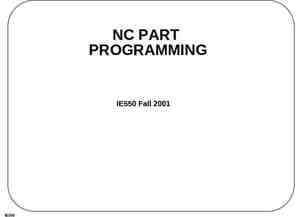Introduction to the Listening to Indigenous Voices/ À l’écoute
15 Slides9.13 MB

Introduction to the Listening to Indigenous Voices/ À l’écoute des voix autochtones Curriculum Mapping Guides A Joint Project of the EOCCC and ICE

We acknowledge that today we gather on the traditional territories of Indigenous People. As settlers, Canadians and persons of faith, we make this acknowledgement of the land in recognition that we are called to be allies, partners, and good neighbours who actively listen to and learn from our Indigenous brothers and sisters. We seek truth as the only path forward to reconciliation and we commit ourselves to knowing our own story, our shared story, and the stories from before our time on this land, so that the story we continue to weave today may be one of justice and peace for all.

Our Opening Prayer / Prions ensemble Let us pray Viens, Esprit créateur, visite l’âme de tes fidèles, kindle in them the fire of your love, Send forth your spirit and they shall be created, And you shall renew the face of the Earth. Amen.

The Resources: Listening to Indigenous Voices/À l’écoute des voix autochtones Published by Novalis – May 2021 A dialogue guide on justice and right relationships by the Jesuit Forum Indigenous contributors for articles as well as art Under the guidance of an advisory committee that included Indigenous contributors To order the text, contact Novalis: Maria Madeiros [email protected]

The Outline of the Dialogue Guides Prologue and 11 sessions/ Prologue et 11 réunions Each session includes: Articles/textes Artwork/oeuvres d’art Questions for reflection/Cercle de partage Classroom connections/ pour le travail en classe

The 11 sessions / les 11 réunions 1. Beginnings – a focus on Creation stories Au commencement 2. A Tale of Two Communities – discussion of the issue of water – pollution/access/justice Le conte des deux communautés 3. The Land is Us – focus on an Indigenous understanding of land La terre, c’est nous 4. Languages of the Land – focus on the variety and richness of Indigenous languages Les langues de la terre 5. Ties of Kinship – understanding treaties as covenant relationships Des liens de parenté

6. Early Encounters – a historical look at early European colonization Premières rencontres 7. Killing the Indian in the Child – a look at the devastating government policies that sought the forced assimilation of Indigenous people and the resulting cultural genocide Tuer l’Indien chez l’enfant 8. Dispossession, Dependency, & Oppression – a look at the ongoing dynamics of colonization Dépossession, dépendance et oppression 9. Beyond Apologies – a look at what is meant by and needed for reconciliation Au-délà des excuses 10. Pathways to Decolonization – a look at what decolonization may look like Des pistes vers la décolonisation 11. Re-Indigenization – focus on what this means for Indigenous and settler people alike L’autochtonisation

The Dialogue Guides and the Website ltiv.ca What’s the difference?

Listening to Indigenous Voices – Curriculum Mapping for Catholic Secondary Schools

What the curriculum mapping guides provide Front matter for each session: Brief Description of the session Scripture link Links to Catholic Social Teaching Links to United Nations Sustainable Development Goals Sample land acknowledgement tied to the session learning Curriculum charts: Expectations from Secondary curriculum by grade, subject, and course code Note that the French mapping guide highlights courses that are most often offered in the Extended and/or Immersion programs Hyperlinks to the material to make access as easy as possible for the classroom teacher

Session 1 Beginnings – sample mapping chart

Réunion 2 Le conte des deux communautés

We encourage you to explore these Curriculum Mapping Guides on your own as well as in conversations with your colleagues, department heads, your board’s Indigenous Lead, your board’s Religious Education Consultant and your board’s FSL Consultant. Both the EOCCC and ICE have other resources to support learning more about Indigenous cultures and histories. Check out www.eoccc.org or www.iceont.ca



